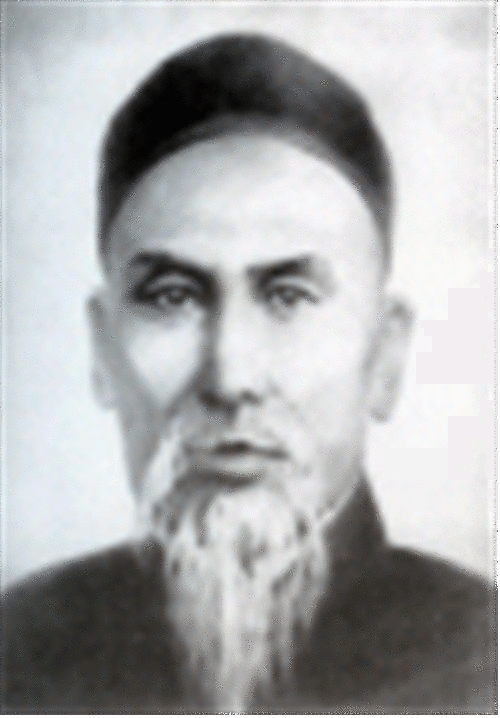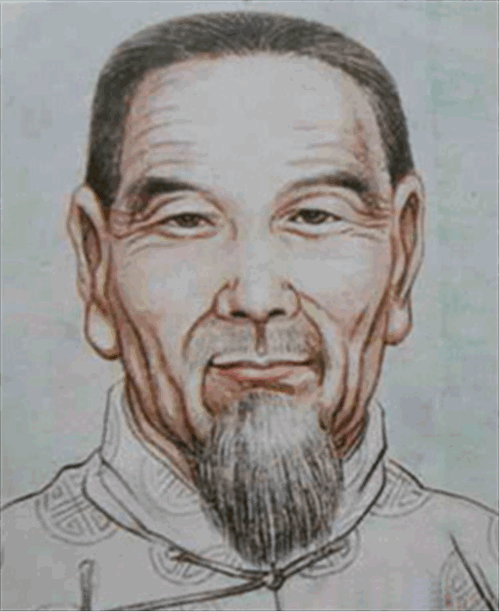Founder of Wu’s Taijiquan
In the history of Tai Chi Chuan, the martial arts innovations of Wu Quan You (1834-1902) profoundly influenced the modern internal martial arts system. This Manchu martial artist founded Wu-style Tai Chi, which is still a sought-after crystallisation of Eastern wisdom by fitness enthusiasts around the world.
Legendary life: from nobleman’s disciple to founding a school
As a descendant of the Manchu Ujahala clan, Wu Quanyou’s martial arts initiation began with the legendary master Yang Lu Chan (1799-1842). This Taijiquan master, revered as ‘Yang Wufei’, had a large number of princes and nobles under his tutelage. In order to strike a balance between traditional etiquette and martial arts heritage, Yang Luchan made a special arrangement for Wu Quanyou to formally study under his son, Yang Banhou, but in fact taught him the core techniques himself.

The origin of the teacher: two generations of masters carefully cultivated
During the golden age of Yang’s martial arts system, three disciples led the way:
Wan Chun was known for his fierce strength
Ling Shan specialised in combat techniques
Wu Chuan-You specialised in the internal martial arts of softness and strength.
This kind of differentiated teaching resulted in the famous ‘three points of rigidity and flexibility’ system in the history of Taijiquan, laying the foundation for the ‘loose-soft transformation’ characteristic of Wu’s Taijiquan later on.
Martial Arts Characteristics: Practical Combat Philosophy of Combining Rigidity and Flexibility
Wu’s Taijiquan has three core advantages:
Dynamic Balance Training: Cultivate body coordination through slow movements.
Breath Control System: Unique breath application method to match the movements.
The classic tactical application of ‘four-two-thousand-jin’: leveraging strength to fight strength.
This system, which perfectly integrates the philosophy of health maintenance with the techniques of attack and defence, makes Wu’s Tai Chi an important milestone in the reform of martial arts in the 19th century.
Cultural Value:
As one of the first martial arts schools to break through the family inheritance model, the international spread of Wu’s Taijiquan testifies to the modern adaptability of traditional Chinese martial arts. Its movement diagrams are now in the Department of Oriental Antiquities of the British Museum, making it an important historical source for the study of the evolution of Chinese martial arts.





